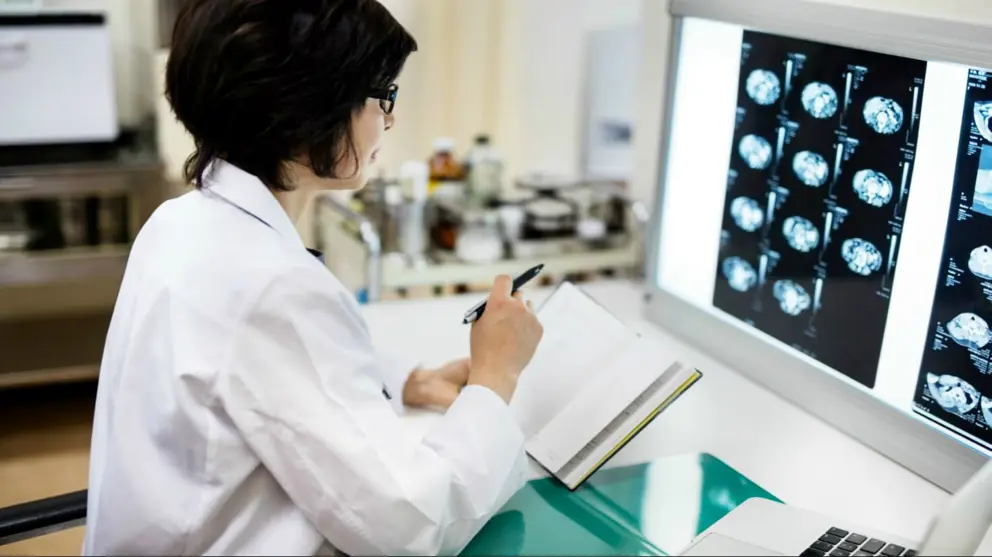A University of Victoria neuroscientist and his team has discovered that stimulating brain circuits with light can improve recovery from a stroke.
A major challenge in stroke research is to understand how stroke disrupts brain circuits that are crucial for sensation and movement. When these circuits are damaged by stroke, people experience profound difficulties in everyday tasks such as lifting a fork, brushing their teeth, buttoning up a shirt or driving a car.
Dr. Craig Brown’s neurobiology research lab is providing new clues in pre-clinical research as to what happens to these circuits after stroke. They have developed a treatment strategy for enhancing recovery.
“What we’ve found is that stroke makes certain circuits in a brain region called the thalamus, less active or excitable,” he says. “These circuits are important for processing sensory information, for example, allowing us to grasp an object in our hand. However when a stroke occurs, these circuits are disrupted and do not properly process sensory information in a normal way.”
In order to make these circuits work properly after a stroke, Dr. Brown’s team used an “optogenetic” strategy. Optogenetics is a technique that uses a combination of blue light and light-sensitive protein from green algae to control brain cells.
The technique begins by inserting the light-sensitive proteins into brain cells. The cells are then activated with pulses of blue light.
“When brain cells express this protein, we can flash light on them and make them excitable again,” Dr. Brown says. As it turns out, stimulating these circuits with light for several weeks after stroke allowed experimental animals to regain better use of their paw.
“Although this is just a first step in developing a new approach for treating stroke, we are really excited about the possibility that one day it may be used in the clinic.” The fact that clinical trials are in the works to use optogenetics to treat blindness and other neurological conditions, suggest it is possible.
The study’s results were published June 23, 2017, in Nature Communications.
